The precise geometric lines of this canvas create what the Toronto-based artist Bertram Brooker (1888–1955) called “an awakening of the sense of harmony between man and the universe.” Its inspiration was a mystical moment, which he reflected upon in his poem “silence”:
he stands still
in the shadow of three silver birches
looking out over the perfectly placid bay
out to the smooth meeting of the hills
at the other side of the whitening water
and the dim massed shell-pink hummocks of cloud.

Bertram Brooker, The St. Lawrence, 1931
Oil on canvas, 76.9 x 101.9 cm, National Gallery of Canada, Ottawa
The poem was written after visiting the Murray Bay (now La Malbaie) region of Quebec in the summer of 1931 at the urging of fellow artists Lawren Harris (1885–1970) and A.Y. Jackson (1882–1974), both members of the Group of Seven. Brooker created the sketch that is the basis for this painting during the journey. On seeing the finished work, Harris told Brooker that he did not like the trees, perhaps thinking that The St. Lawrence too obviously imitated and possibly parodied him—Brooker’s starkly simple landscape resembles Harris’s images of this period. By 1931 Harris had become fixated on moving away from representation and toward abstraction, a mode of expression in which Brooker had already been very successful. Now he saw Brooker retreating to the same form of expression of which he was trying to purge himself.
Brooker reduces the water, mountains, and trees in the painting to essentials and, in the process, bestows upon them an otherworldly look. In doing so, he demonstrates his ability to employ the representational tradition and infuse it with the same spiritual meaning that characterises much of his oeuvre.
This Spotlight is excerpted from Bertram Brooker: Life & Work by James King.
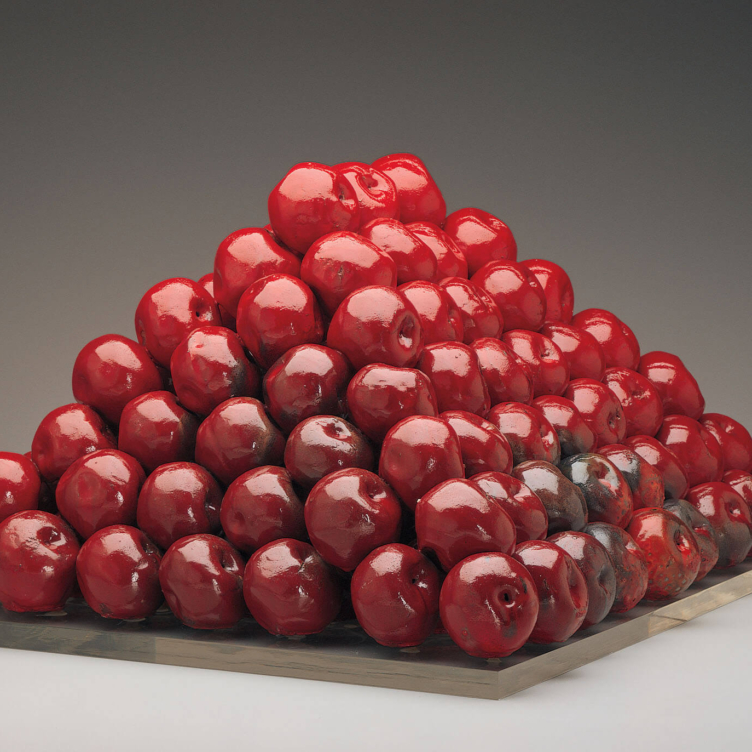 Pyramid Scheme
Pyramid Scheme
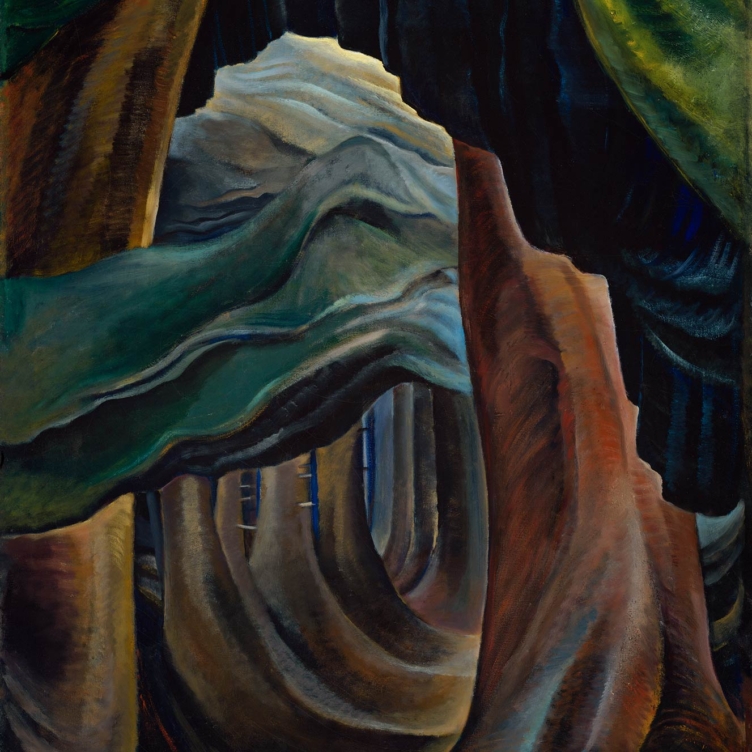 Transportive Trunks
Transportive Trunks
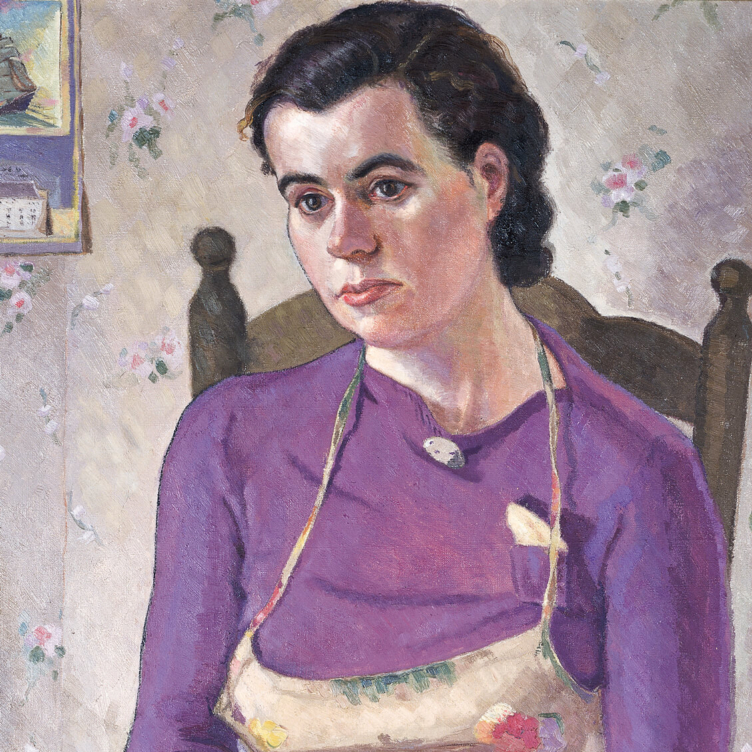 The Military Mate
The Military Mate
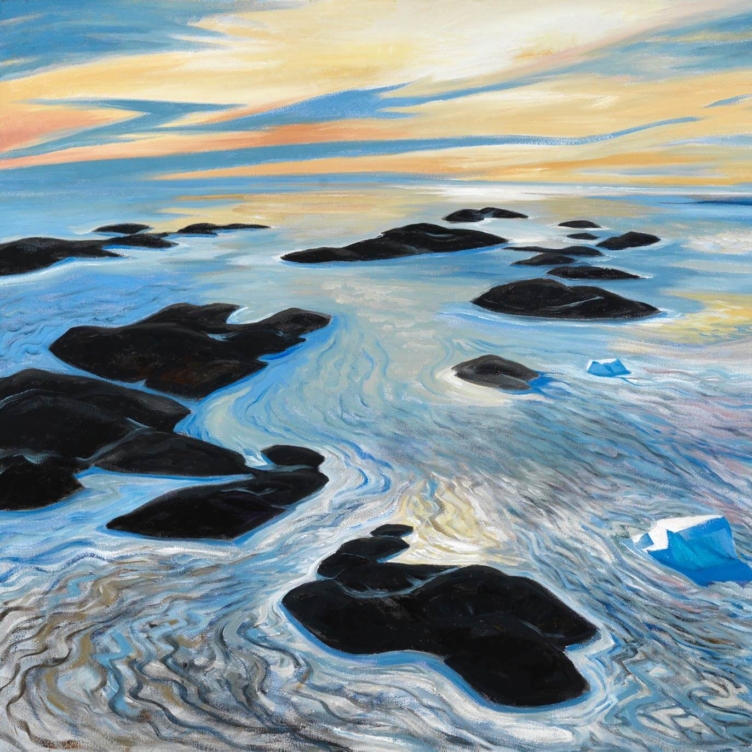 Looking Up on the World
Looking Up on the World
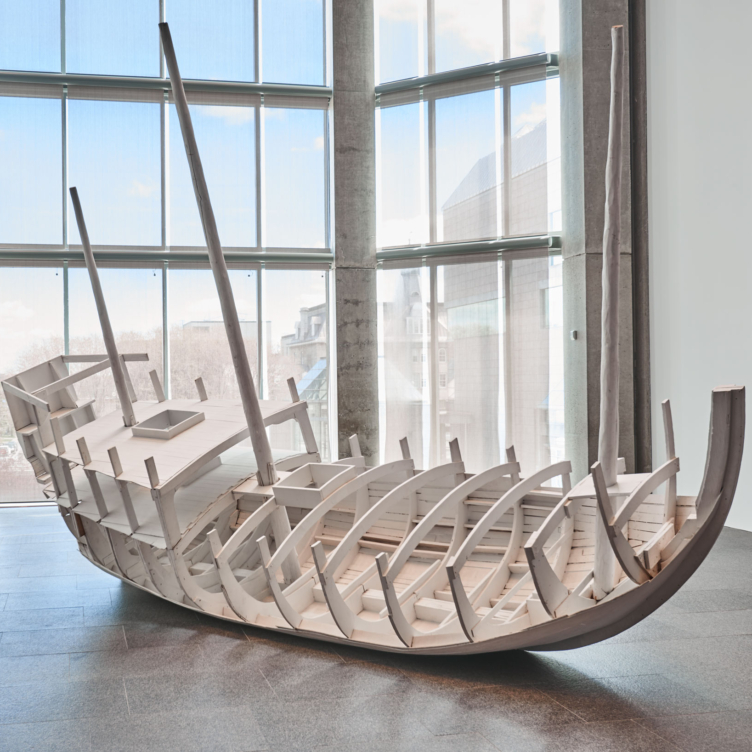 Vessel of Despair
Vessel of Despair
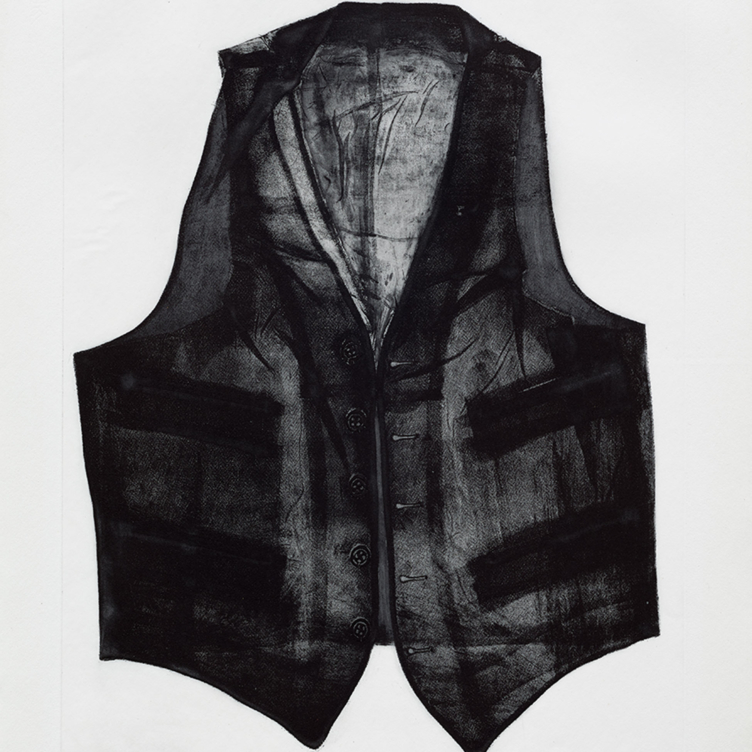 Layers of Meaning
Layers of Meaning
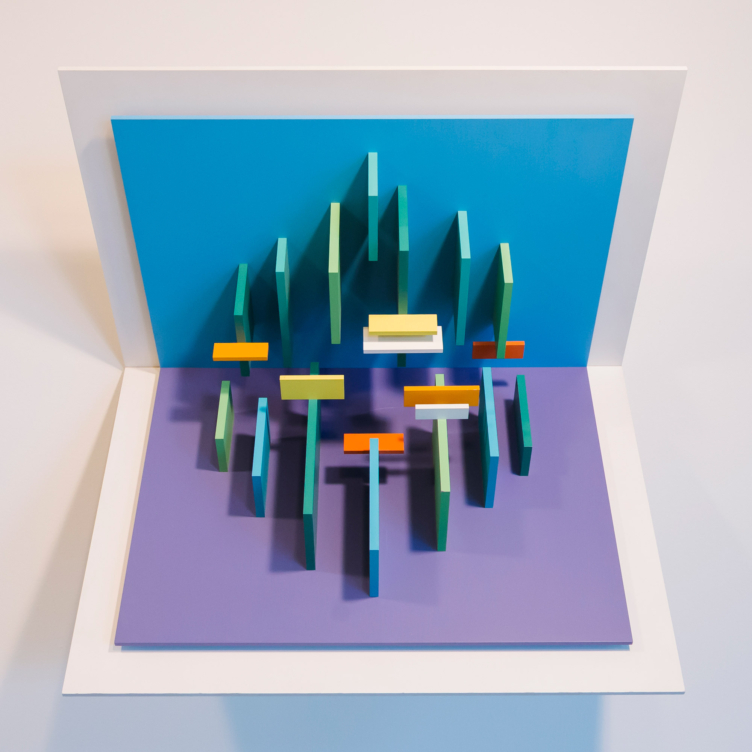 In Parallel to Nature
In Parallel to Nature
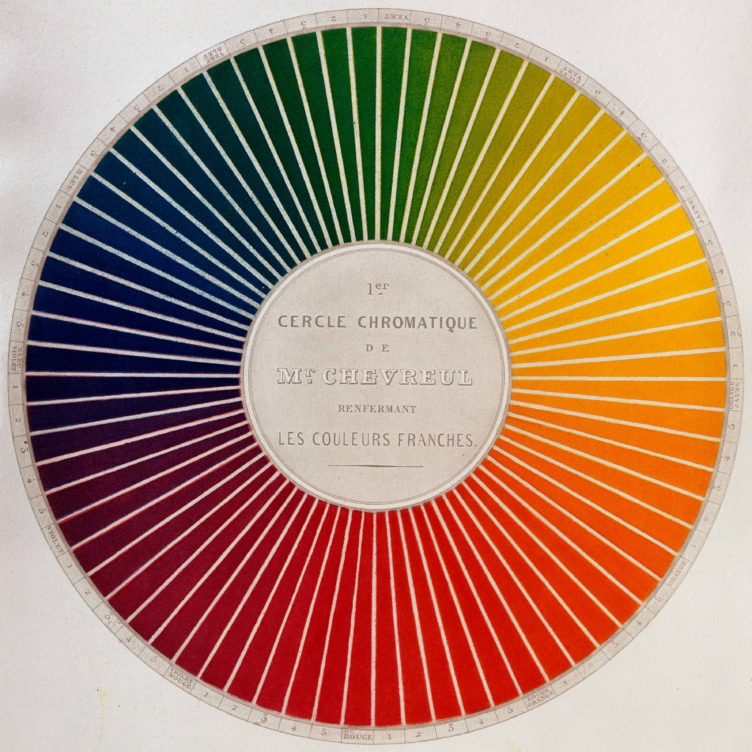 Wheel of Fortune
Wheel of Fortune
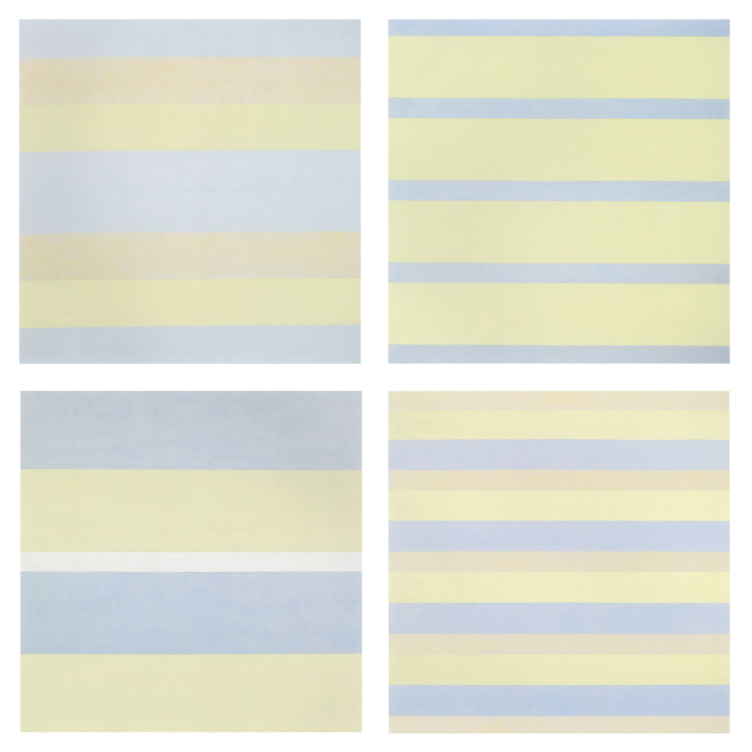 Paintings after emotional states
Paintings after emotional states
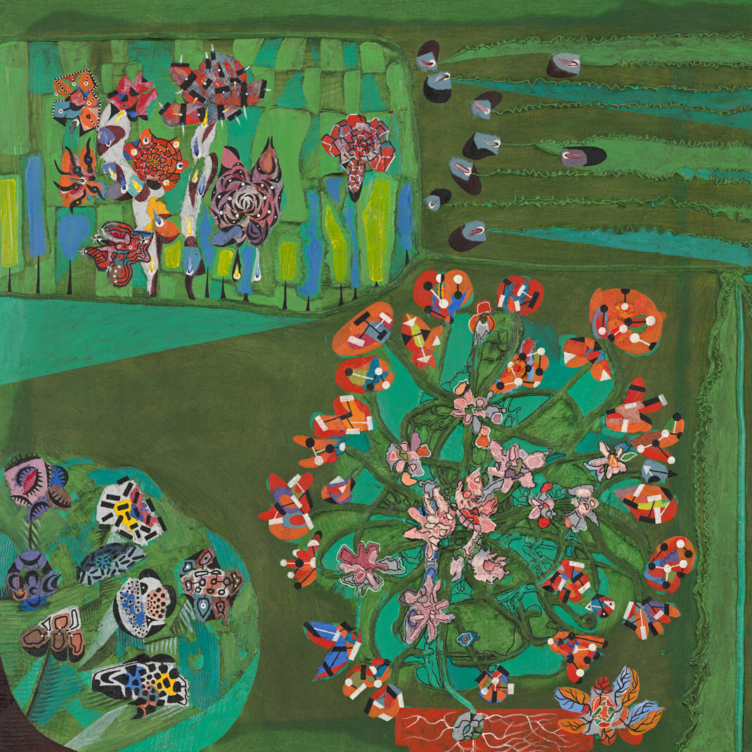 Garden of Delight
Garden of Delight
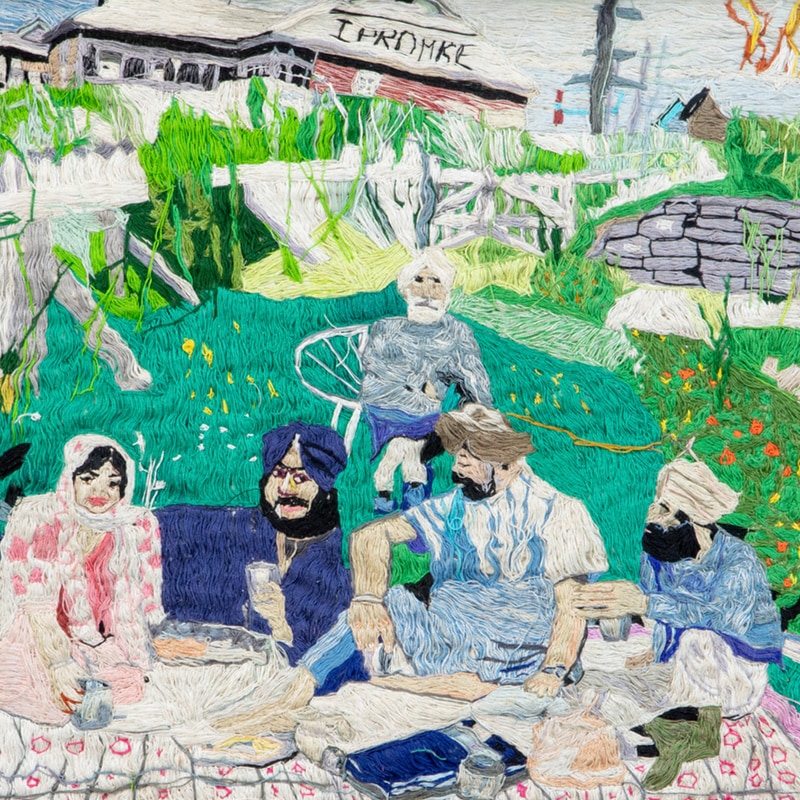 Stitching the Archives
Stitching the Archives
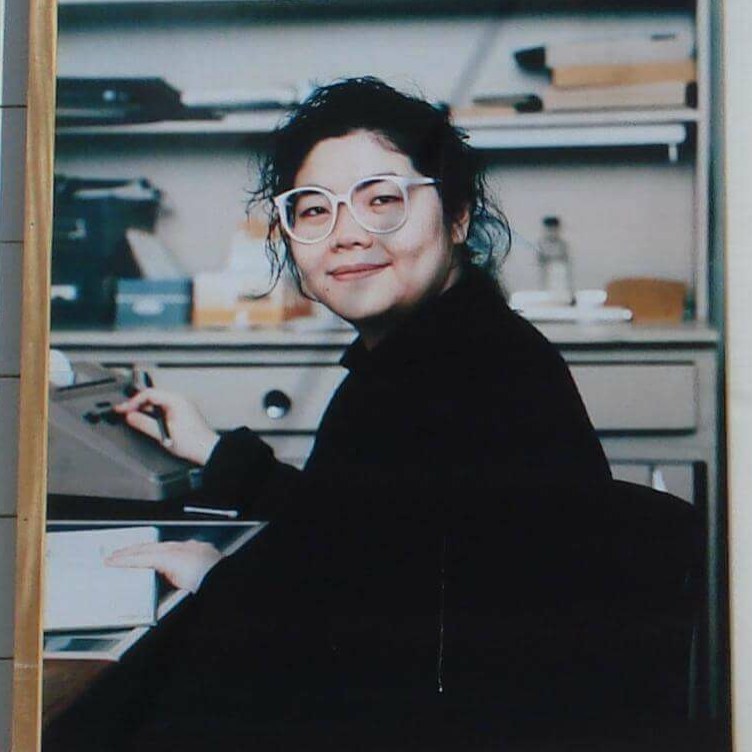 A Working-Class Hero
A Working-Class Hero
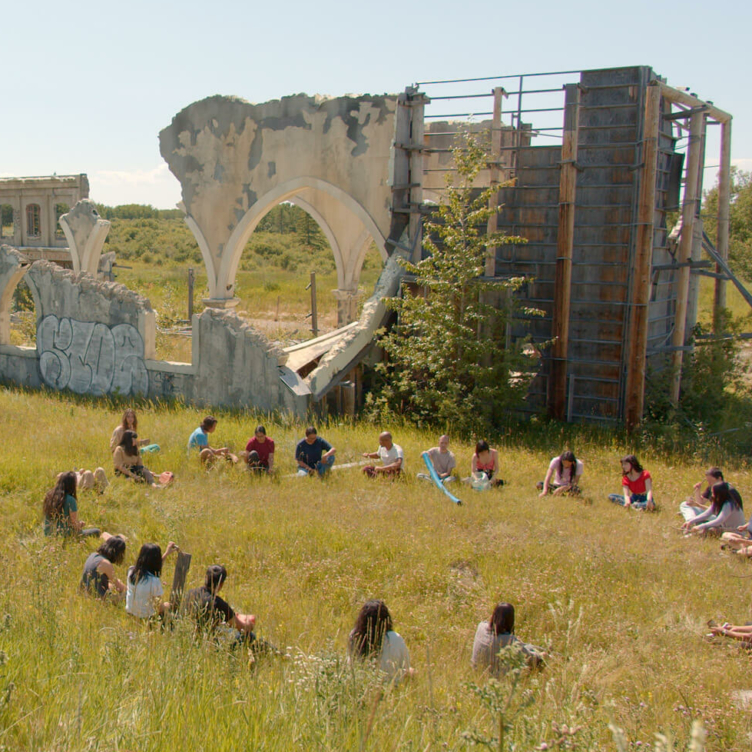 Imagining Entangled Futures
Imagining Entangled Futures
 Bridging Far and Near
Bridging Far and Near
 Soft Power
Soft Power
 Imagining Emancipation
Imagining Emancipation
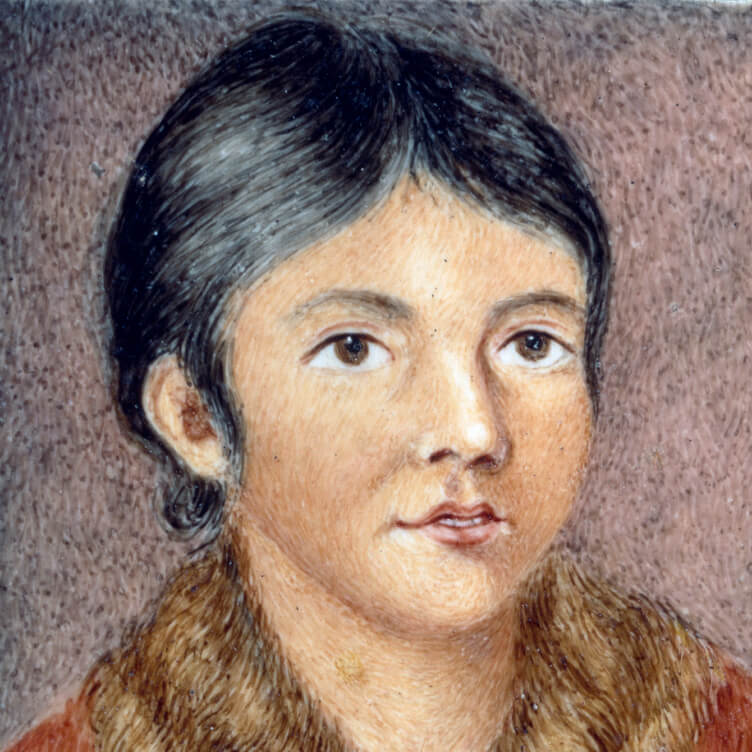 A Priceless Portrait
A Priceless Portrait
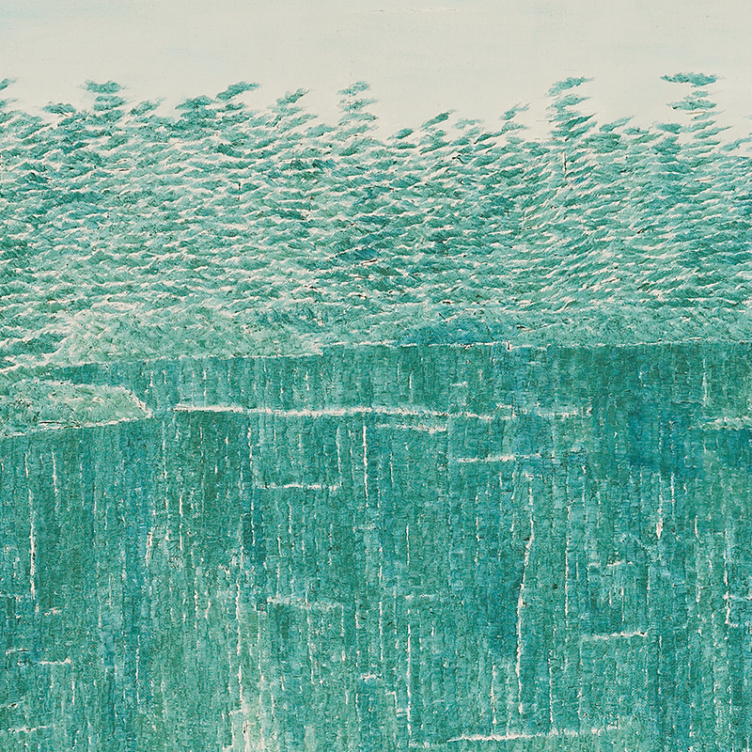 Meditation in Monochrome
Meditation in Monochrome
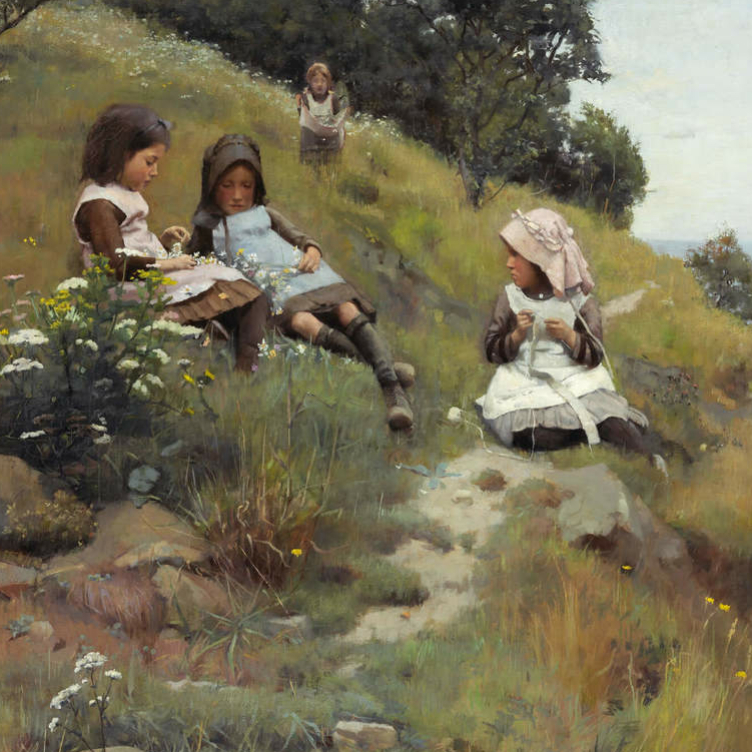 Making His Mark
Making His Mark
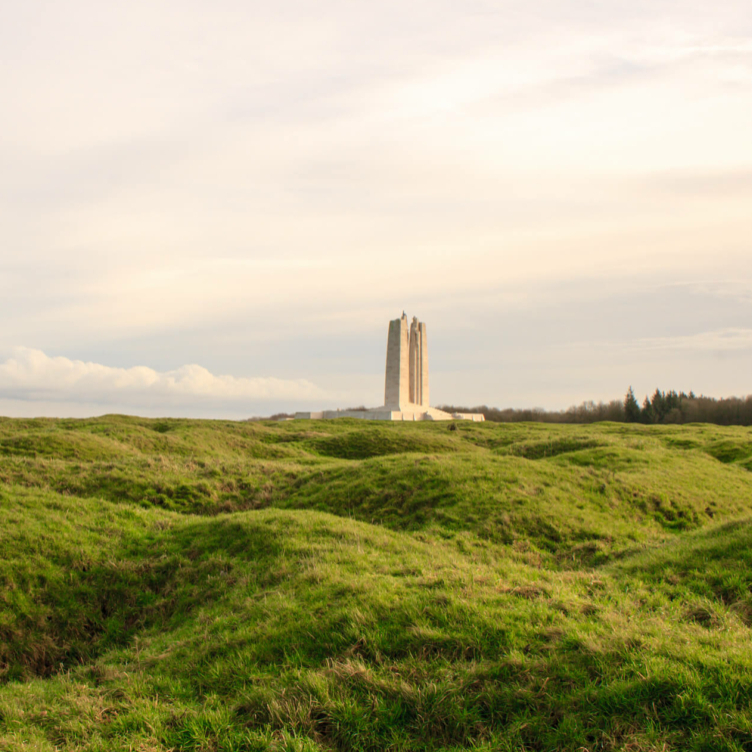 Honour and Sacrifice
Honour and Sacrifice